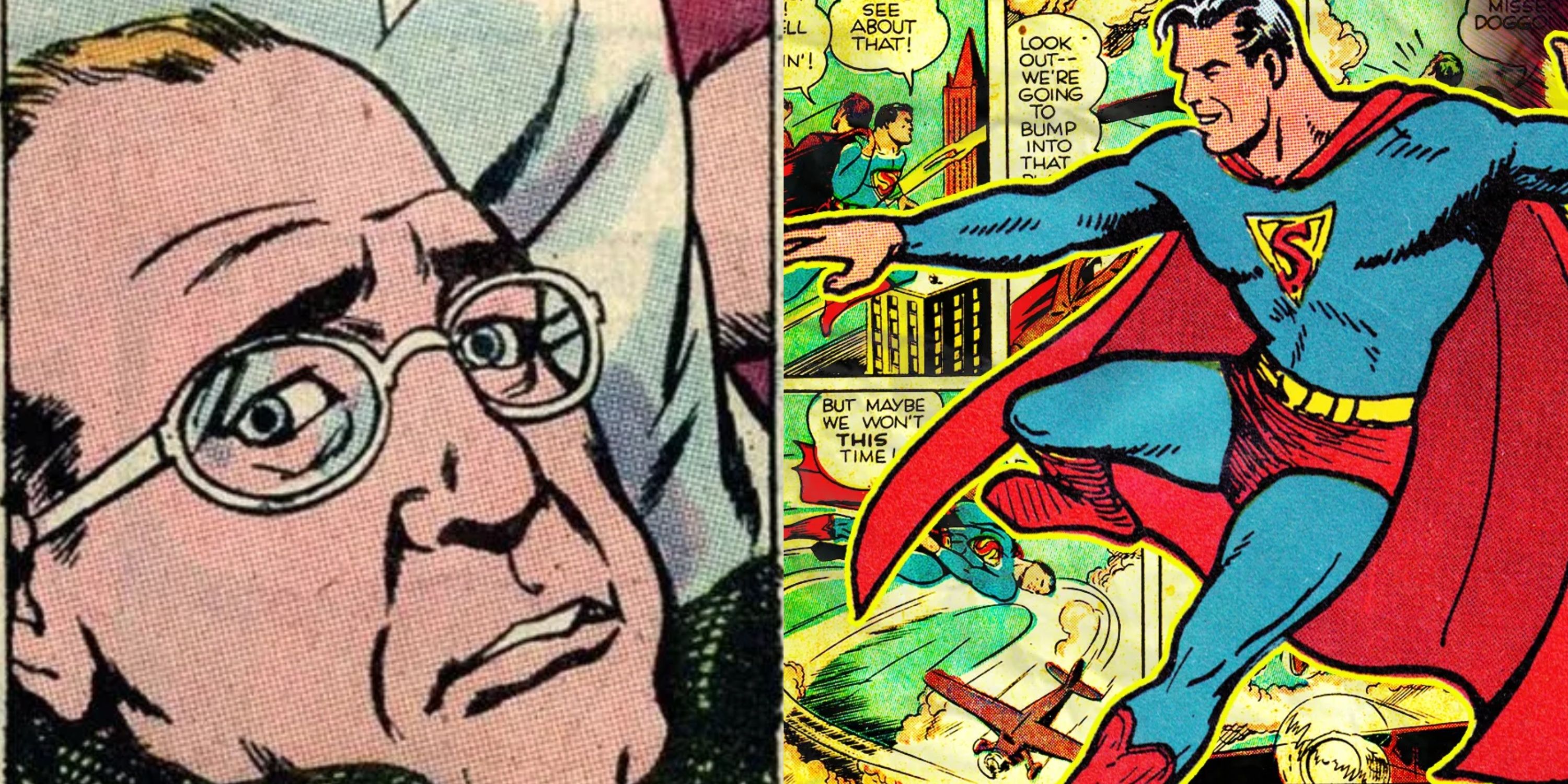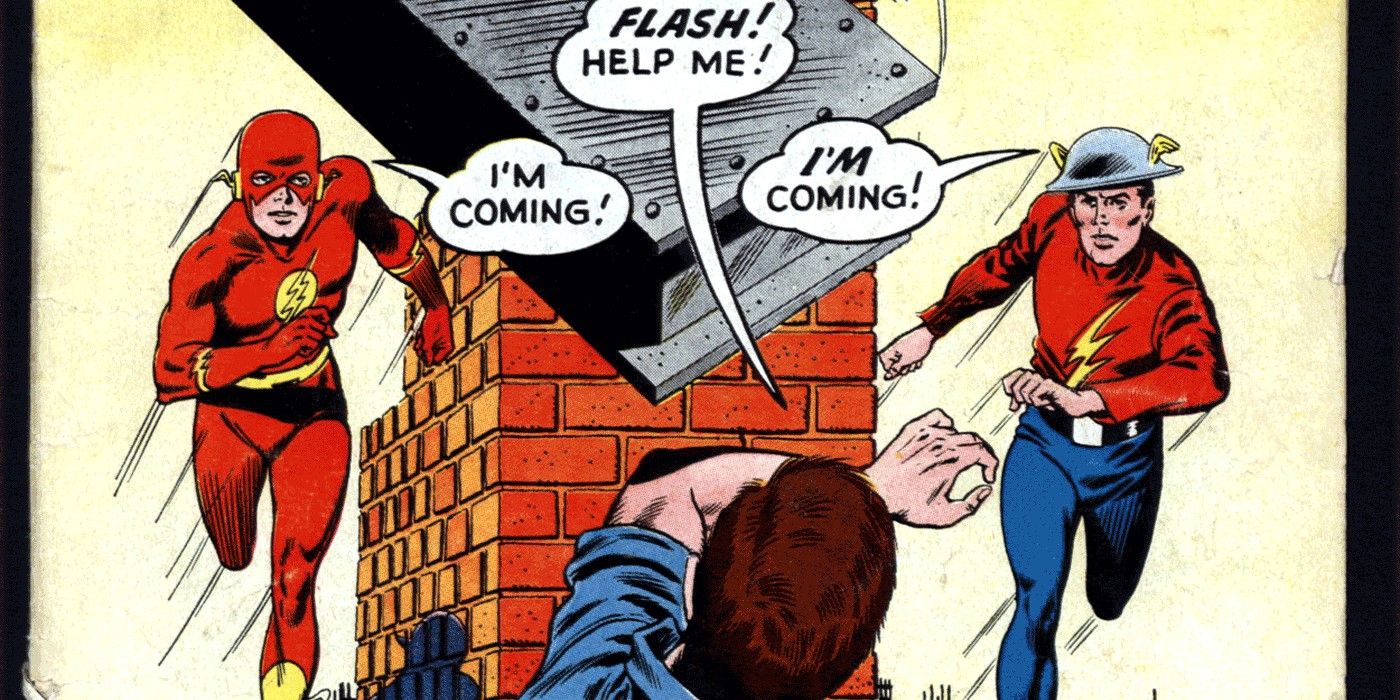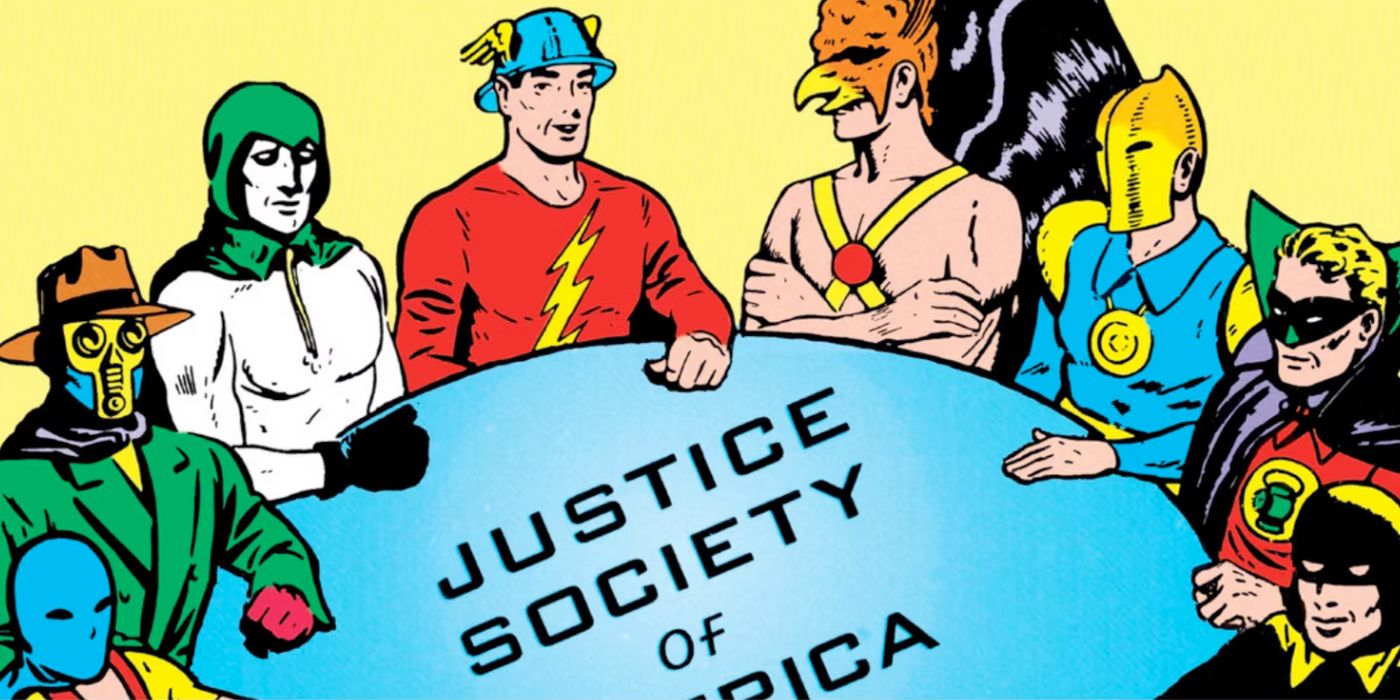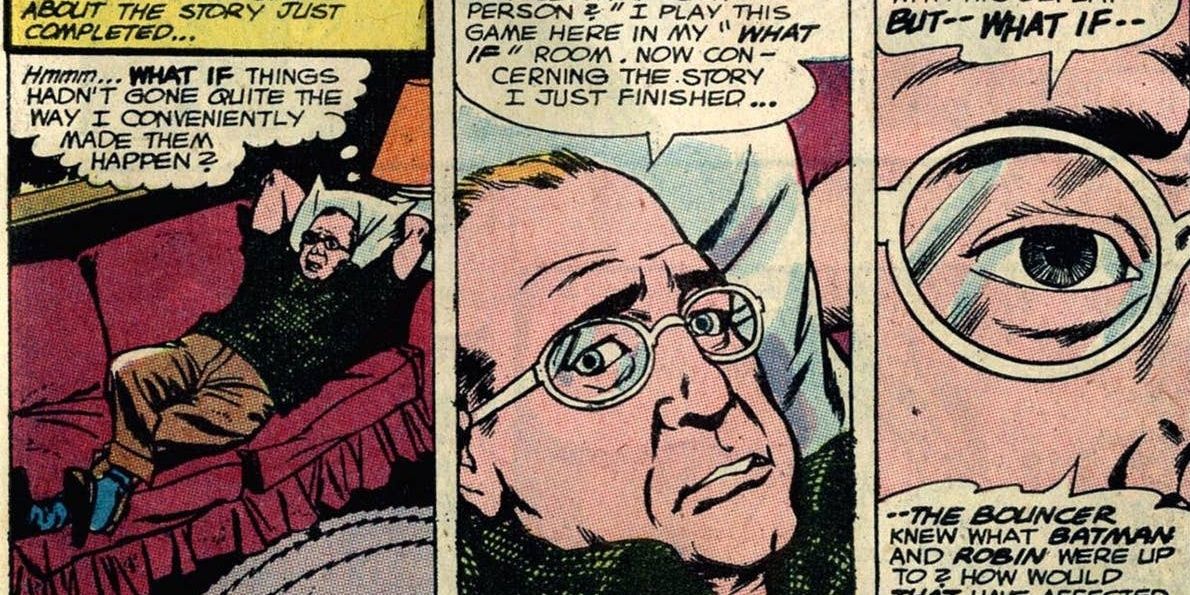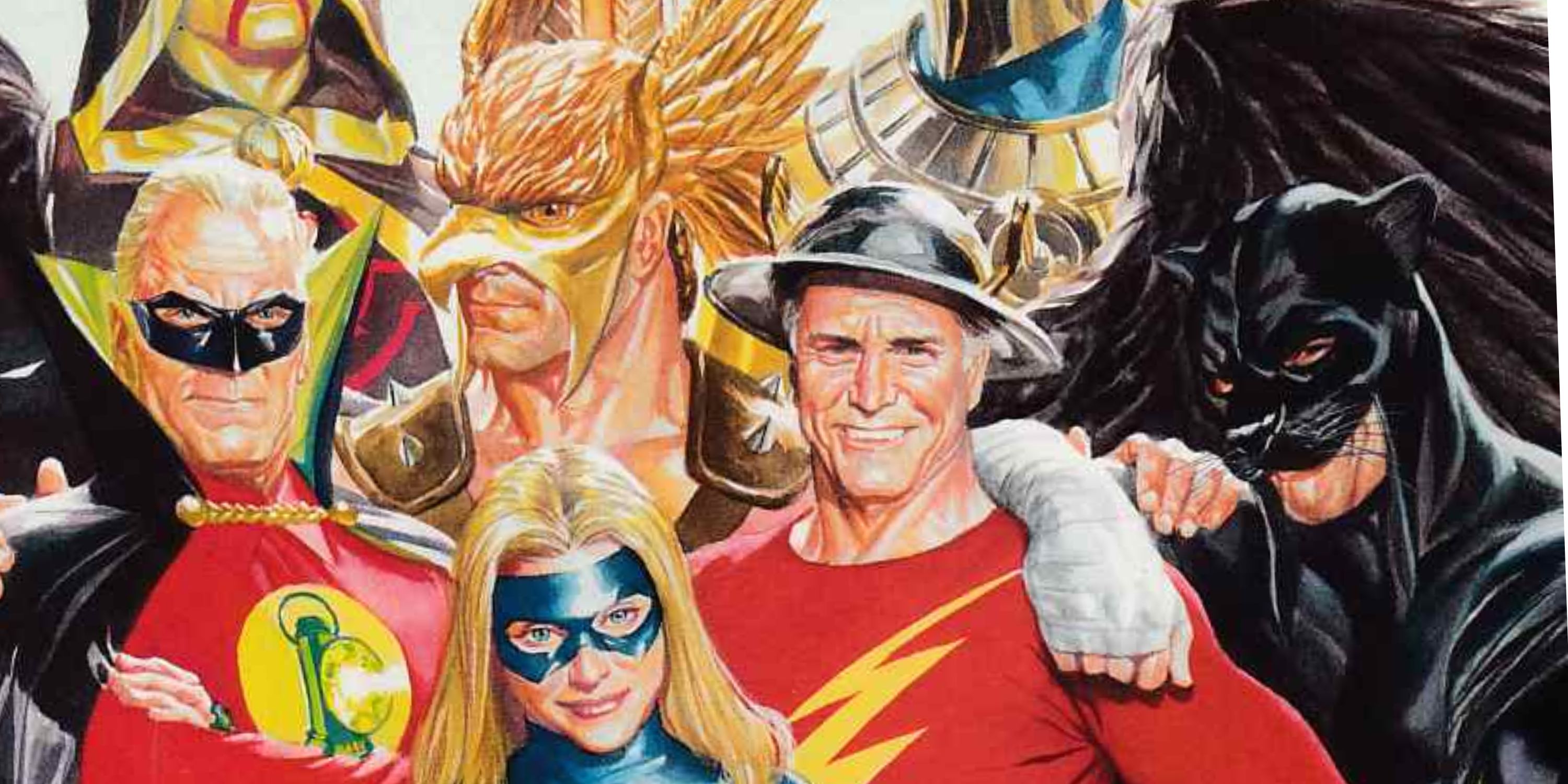For much of Marvel’s history, the publisher was inextricably tied to the face of the company, Stan Lee. As a spokesman, writer, and editor, he’s a unique figure in comics history, as well-known for his cameos in decades of MCU films as anything else. While there’s no one else quite like Lee, over at DC Comics, a much quieter creator had a similarly influential role.
Since the Silver Age of comics, Stan Lee made himself the face of Marvel Comics, both creatively and as an ambassador in the wider world of pop culture. He’s best known by fans for the impressive number of characters and titles he helped create, write, and edit. Everyone from The Fantastic Four and the X-Men to Hulk and Captain Marvel are a part of the visionary creator and business leader’s vast legacy. DC has had some very prolific creators join their universe but no one ever made the same impact on pop culture that Stan did, in large part thanks to his extroverted, business-savvy personality. It was thanks to Lee that comics, not just Marvel, got as big as they did, especially in Hollywood. While no DC creator is as synonymous with DC Comics as Lee was with Marvel, some of the publisher’s earliest creators made a powerful yet often-forgotten impact.
DC’s Most Important Figures
Even though it started out as National Publications, DC has led the way in the comic book industry since Jerry Siegel and Joe Shuster created Superman in 1938’s Action Comics #1. Soon thereafter, Bill Finger and Bob Kane unveiled Batman in 1939’s Detective Comics #27. These four names arguably built the DC Comics fans know and love today. However, this era was also guided by the work of writers like Gardner Fox, who created the Justice Society of America, the first superhero team in comic book history. Around 1948, the company was shepherded by Irwin Donenfield, who directed the company’s editors to reinvent a series of characters to maintain trademarks and capture a new generation of readers. By and large, the efforts of the company were a success though, ironically, Batman struggled the most in this era.
Other figures rose to prominence in DC’s early Silver Age, like noted artist and editor Carmine Infantino, and fellow editor Julius Schwartz. Both of them were notable for co-creating science fiction characters, as well as helping usher in the Silver Age of comics by writing and editing characters like Barry Allen Flash and Hal Jordan Green Lantern. Later, as the company moved through the Silver Age, editors like Dick Giordano joined the company, bringing with them a new wave of talent, most notably Dennis O’Neil. O’Neil would go on to become arguably DC’s single biggest Bronze Age writer, most notable for his work on Batman and Green Lantern/Green Arrow. Here, O’Neil made a push for more socially-conscious storytelling, famously making headlines with his “Snowbirds Don’t Fly” story where Green Arrow’s sidekick, Speedy, grappled with drug addiction.
DC Throughout The Ages
During the Golden Age, when Marvel was still Timely Comics and trying to find their footing in the market through Captain America, DC was defining the era. Through heroes like Superman, Wonder Woman, Batman, Green Lantern, and Flash, the company created the template for superheroes as well as setting the stage for the Silver Age with Hal Jordan and Barry Allen. Many of the best stories, characters, and series introduced in this era came directly from Gardner Fox, often under the leadership of Julius Schwartz, himself an attentive editor. In fact, Schwartz famously observed that the key factors in making a comic book cover sell were gorillas, dinosaurs, women crying, and the color purple. Even though their trinity of heroes was already well-established, it was through collaborative efforts between Fox, Schwartz, and Infantino that DC turned out some of their best ideas.
It’s no secret that DC’s success is ultimately owed to Siegel, Shuster, Kane, and Finger before all else. After all, they created the company’s two biggest sellers, with Batman himself having more comic appearances than every other DC hero combined. Even today, those two heroes together are worth tens of billions of dollars, through merchandising, movies, and other media. However, though the four creators gave DC their heavyweight heroes, it was the work of subsequent writers, notably those of the Silver Age, who truly developed DC. Writers and editors like Schwartz, Infantino, Robert Kanigher, Mort Weisinger, Gardner Fox, Jack Schiff, and Sheldon Modoff added much of the essential lore of major heroes fans know today.
After departing Marvel, Jack “the King” Kirby himself joined DC in the 1970s, where he created several popular books, populated with characters like Etrigan, the New Gods, OMAC, and Kamandi. In fact, in the early 2000s, Stan Lee himself wrote some stories for DC in his “Just Imagine” line of comics that reimagined DC heroes from a more Marvel-style perspective. Kirby may have famously co-created the Fantastic Four with Stan, but he actually lifted the idea from his own DC Comics creation of Challengers of the Unknown, a team of four science-based adventurers. Kirby himself would be a strong contender for one of DC’s best visionaries, especially when it came to his ’70s output, with his work for the company actually signaling the Bronze Age’s beginning. However, Kirby came to the company late and more created his own corner of the DCU than crafted its entire tone and style.
The Case For Gardner Fox
After “Flash of Two Worlds” and “Starro the Conqueror,” one of Gardner Fox’s most important comics was the “Crisis On Earth-3” story. Here, the writer introduced the idea of an alternate world where the roles of superheroes and villains were inverted, showing readers the Crime Syndicate Of America, the evil version of the JLA. Led by Ultraman, Owlman, and Super Woman, the Crime Syndicate matched the Justice League in powers and had similar designs, but were crime lords. Writers like Grant Morrison have since reworked this concept into many stories, and it paved the way for the first redefining event in comics, Crisis On Infinite Earths, and gave DC Comics the “Crisis” theme for its events that it still uses today. From Jay Garrick, Fox created an entire superhero archetype, The Speedster, and helped popularize the “science experiment gone wrong” trope with both Garrick and his successor as the Flash, Barry Allen.
Fox himself was a science fiction novelist as much as he was a comic book writer, and his DC stories reflected this. He was something of a polymath, once stating that knowledge was his hobby. Much like Lee and Kirby, Fox was interested in bringing science and higher thinking to comics. This can be seen in his elaborate Hawkman mythos as well as the stories he penned for the Justice League and his exploration of the multiverse. While series like What If…? were always in the cards for Marvel, even Stan Lee owed a lot to Fox for bringing the multiverse to comics.
In Julia Madison, Gardner Fox also brought Batman his first love interest, in fact, one of superhero comics’ very first love interests. Perhaps his most memorable addition to the Batman mythos was the creation of Batgirl. Not only this, Fox also created some incredibly entertaining and key villains, including The Shade, Floronic Man, Shadow Thief, Doctor Light, Despero, and Shaggy Man. In fact, it’s difficult to find a major DC comic title from the Silver Age that Fox didn’t leave his mark on. The writer enjoyed runs on Action Comics, JLA, Strange Adventures, Atom, Green Lantern, Flash, and Hawkman.
Gardner Fox’s Legacy Today
Gardner Fox’s creations aren’t juggernauts like Superman and Batman by themselves but the sum total of his work provided the building blocks for DC’s substance. Where his heroes like Jay Garrick made for true comics firsts, characters like Hawkman remain a testament to what true, in-depth world-building and lore can be in comics. Fox’s writing style showed how science and history can be incorporated into comics in a convincing way, adding a sense of legitimacy and even classicalism to the stories. His creations have endured as some of the most enjoyable in comics.
Fox created not only the first superhero team in history in the Justice Society of America but also DC’s flagship team in the Justice League of America. He gave comics the idea of the multiverse, as well as the genre’s first speedster in Jay Garrick. In his Justice League stories, he originated the concept of inverted alternate worlds and dimensional crossovers. He gave comics the trope of a hero created by a science experiment gone wrong. Through Doctor Fate, he merged the supernatural with superheroes, something that would later help inspire Marvel’s Doctor Strange. Like many great writers, he was stewarded by some great editors, namely Schwartz and Infantino, who had a good eye for what would sell books. Fox was nowhere near as prolific as Lee, perhaps due to a more introverted personality, or because where Lee tended to ideate, Fox wrote entire scripts. However, Fox’s creative legacy is every bit as powerful as Stan Lee’s, even if he’s one of the most underappreciated figures in comics history. He wasn’t as loud as Stan Lee, or as eager to put his stamp on every book his parent company created, but he defined both the Golden and Silver Age of Comics. Without Gardner Fox to lay the foundation for DC Comics, the company might well not still exist.
